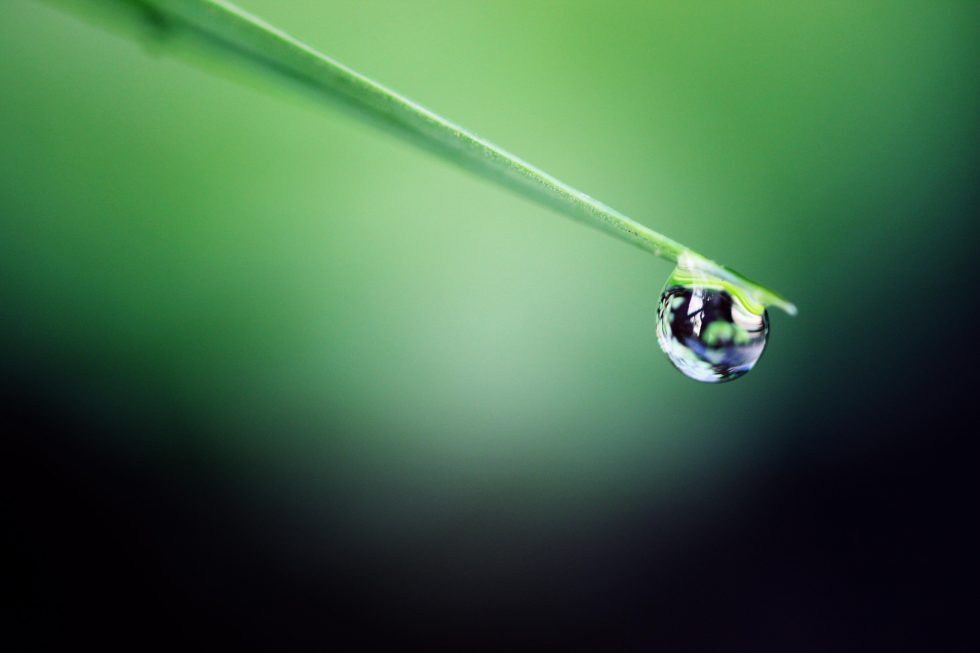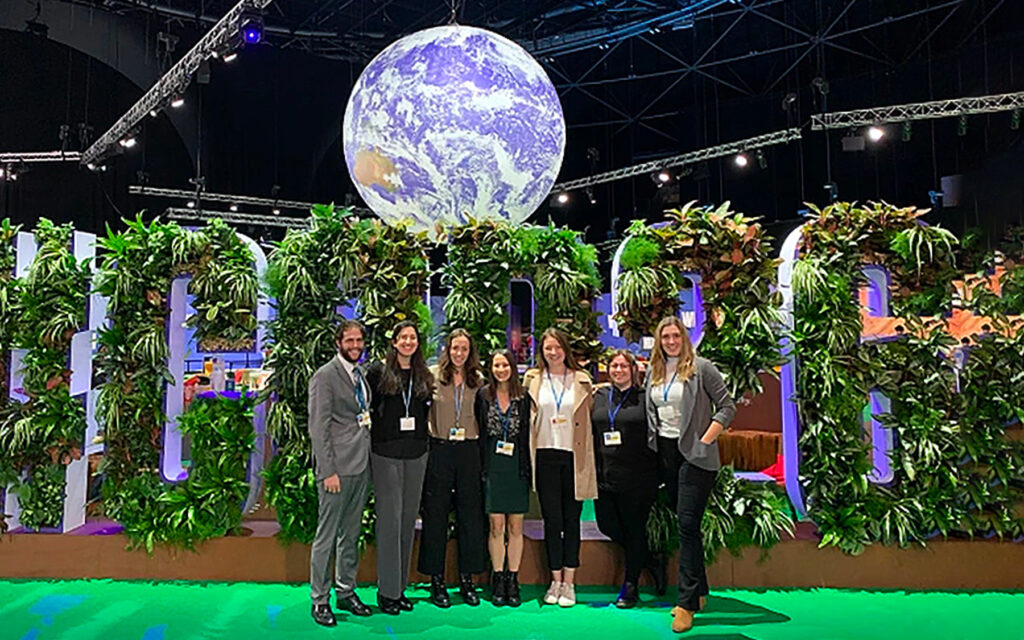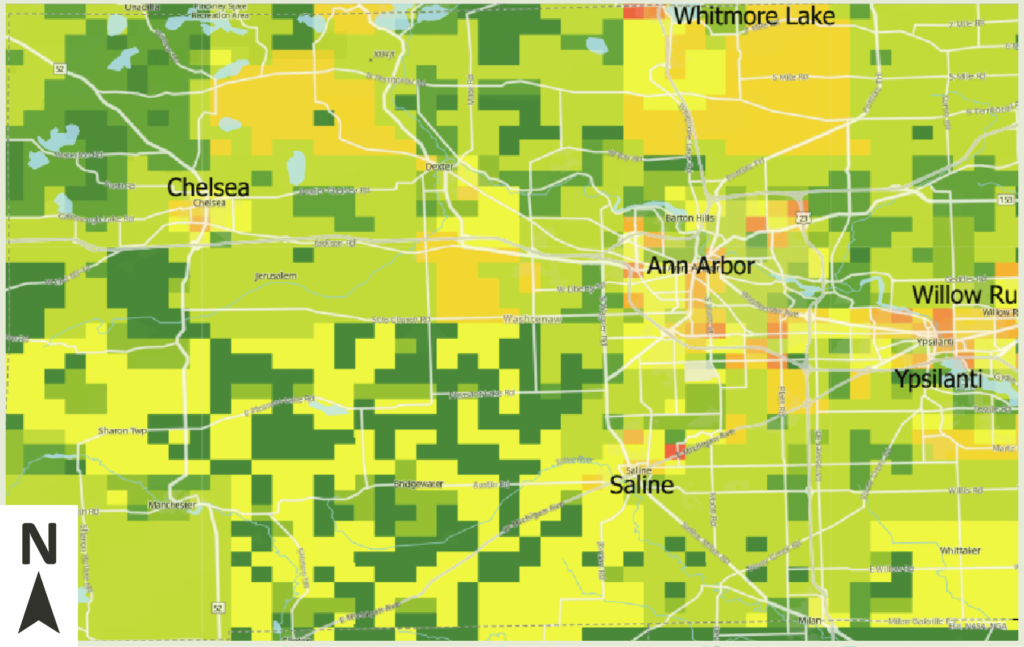
A Whole New Ballgame
“We wanted to identify a problem and work closely with a partner on it instead of what we typically do, which is research, publish, and hope.”
Dacic notes that in the STEM fields, students are commonly taught to determine some sort of problem, conduct research, and then publish findings in the expectation that a decision maker or stakeholder will use their publication as the basis for informed policy.
“But no one teaches Ph.D. students how to collaborate with local governments and do projects that can best benefit a local community,” she says. “We wanted to identify a problem and work closely with a partner on it instead of what we typically do, which is research, publish, and hope.”
As one of her faculty mentors, CLASP Associate Professor Jeremy Bassis, puts it, “There’s this terrible analogy that scientists just call the balls and the strikes, that we’re like these impartial umpires who show up to the game. But we haven’t even bothered to talk to the community, and it turns out that we came to umpire baseball when they’re actually playing soccer. At that point, we’re not doing any good whatsoever.”

With the help of some early funding from Rackham, Bassis and fellow CLASP Professor Allison Steiner organized a series of workshops in the 2019–20 academic year, where speakers and students were able to discuss societally engaged approaches to climate science. The experience of those workshops, along with feedback from students, propelled Bassis, Steiner, and CLASP Professor Richard Rood to integrate something more structured into their Ph.D. program for students interested in community engagement or in pursuing careers outside of academia. This meant creating opportunities for students to earn credit toward their degrees while doing so, rather than activities done in addition to their Ph.D. work.
“The other thing that we’re trying to map out how to do,” Bassis says, “is to make it so that students have the opportunity to get a published, peer reviewed paper, so students that want that opportunity can actually include it as a chapter in their dissertations. I think that gives students a little bit more incentive and, frankly, tells them that we value the work they’re doing.”
Planting the Seeds
In the winter 2021 term, Dacic and classmates Morgan Whitcomb, Janelle Holmes, Alexander Lojko, Emily Yang, and Yingxiao Zhang—along with instructors Bassis and Rood—worked with the Washtenaw County Water Resources Commission on rain garden placement. Rain gardens improve water quality via groundwater filtration, preventing surface runoff pollution from going directly into waterways. They also provide greenspace with local plants and vegetation for insects and wildlife, not to mention community members who visit them.
The class worked to provide site recommendations to the commission based on three criteria: optimizing water quality improvement, benefiting wildlife, and addressing social inequality. The latter was based on regional poverty data, proximity to greenspace, and maps of “urban heat islands,” which increase air pollution and can be detrimental to human health.

“We assigned priority values to the criteria and combined all of this data to figure out where the high priority areas existed within the county to develop rain gardens,” says Dacic, who with her classmates helped to draft a final report and data analysis for the county. She also presented the project’s findings in person at the fall meeting of the American Geophysical Union (AGU) in December, after returning from COP26. Whitcomb presented their findings at the virtual component of AGU.
While Dacic says she had hoped for even more collaboration between the county and the class as part of the process, she feels strongly that the project was a great first step for the students and the department.
“Personally, my research is focused on greenhouse gasses, and I want to serve at the intersection of science and policy,” she says. “Not a lot of programs offer these sorts of collaboration projects with stakeholders. Not only are we gaining the experience, but we had to focus on our communication and our ability to discuss technical information with a wider audience, as well.”
Bassis notes that the department scaled its initial project to Washtenaw County to make elements of the pilot easier to manage, but that the goal is to expand nationally and even internationally. He cites potential examples like rising sea levels and displaced populations in Miami, air quality along highways, and learning from similarities between lake areas of east Africa and our own Great Lakes.
“My perspective is that the community level has often been ignored by scientists because it’s more prestigious to engage in these big international efforts or national panels and things,” he says. “I think what we really want is the next generation of students tackling climate change and figuring out how we adapt to it at every single level, from local to international. Our students have the strong physical science skills to be able to play a central role in that, if we train them to. And that means thinking about our program differently than what we have in the past.”
Contact: Matt Nelson, Director of Communications, Rackham Graduate School
How Rackham Helps
In developing the work described in this article, CLASP was supported by Rackham’s Advancing New Directions in Graduate Education initiative, an effort to reimagine graduate education as student centered and faculty led. The initiative represents a significant investment by the graduate school to facilitate faculty leadership in rethinking what graduate education looks like at the program level. Its guiding principle is that solutions to the current challenges in graduate education must be worked out by faculty in their own programs and in relation to practices within their own fields.


